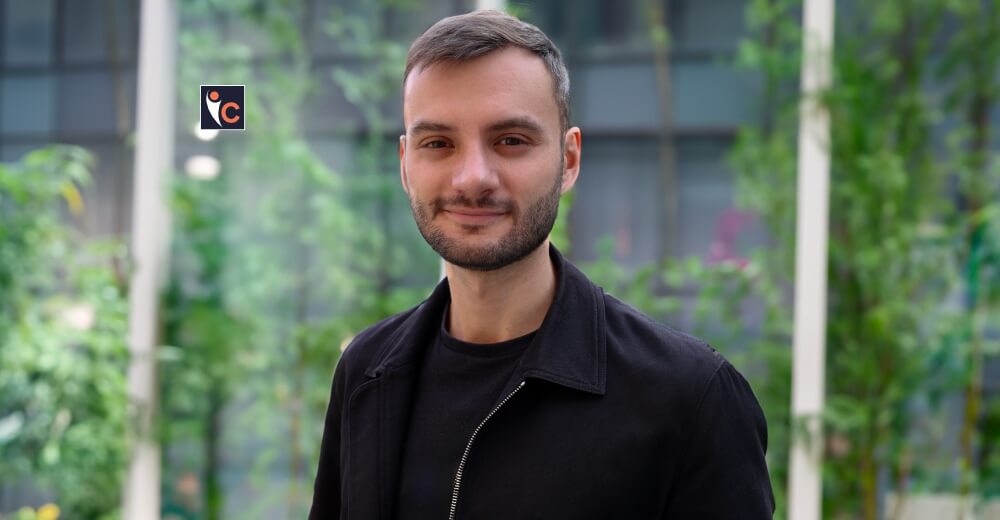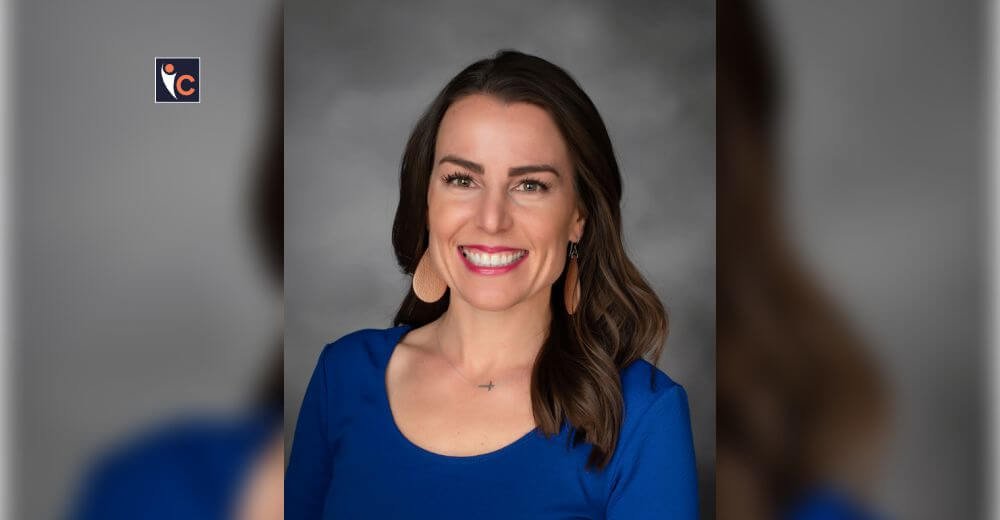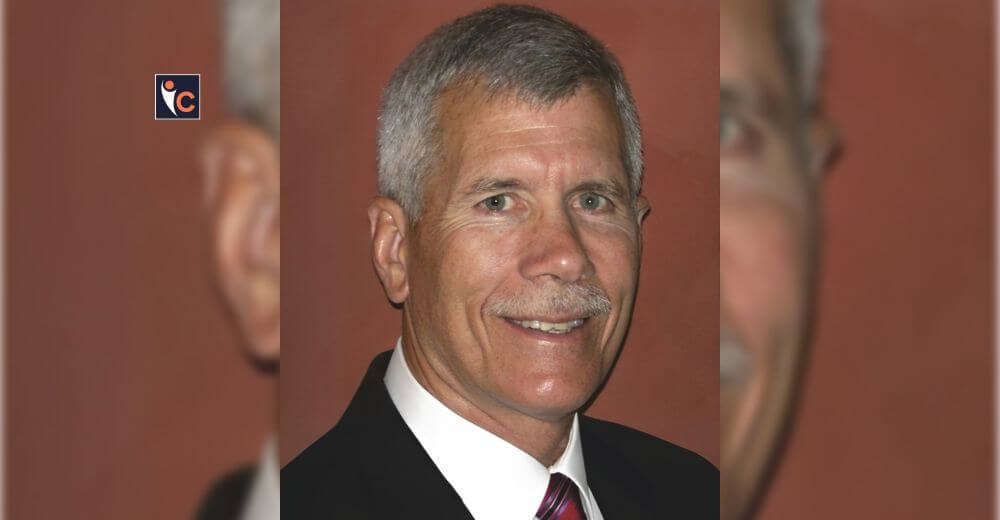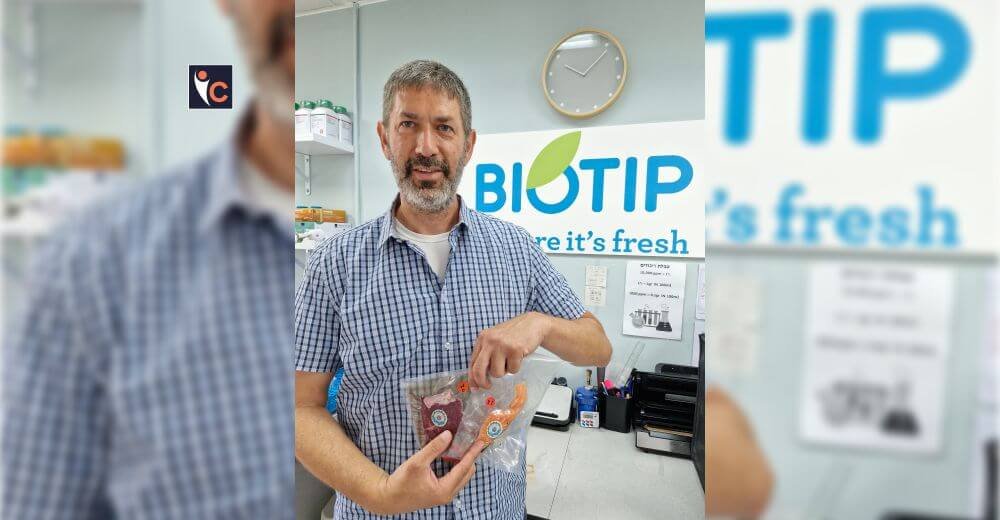This year on 29 February, the rarest day on the calendar, the rare disease community comes together to raise awareness for the 300 million people worldwide living with rare diseases. Rare Disease Day, observed every year on 28 February (or 29 in leap years), is the globally-coordinated movement on rare diseases, working towards equity in social opportunity, healthcare, and access to diagnosis and therapies for people living with a rare disease.
Created in 2008 and coordinated by EURORDIS and over 65 national alliance patient organisation partners, Rare Disease Day (RDD) has grown significantly, transforming from a European initiative into a global movement. What began as a campaign to elevate awareness about rare diseases and enhance access to treatments in Europe has expanded to take place in over 100 countries across the globe. This evolution has seen an increase in participant numbers, diversity in activities, expansion of its messages and objectives, and a better understanding of the conditions that are not well understood by clinicians, administrations, and policymakers.
Key facts and figures
Despite each rare disease affecting a relatively small number of people, collectively, they represent a significant global health challenge.
- There are over 6,000 rare diseases, with new conditions being discovered regularly. These diseases encompass a wide range of complexities and symptoms, many of which are genetic in origin. The diversity of rare diseases makes them harder to diagnose, research, and treat, as each condition requires specialised knowledge and approaches.
- It is estimated that over 300 million people worldwide live with a rare disease, which illustrates the paradox of rare diseases: while each may affect a small population, together they account for up to 5% of the global population, equivalent to the population of the third largest country.
- The majority of rare diseases, approximately 80%, have identified genetic origins, which means that many rare diseases are present throughout a person’s life, even if symptoms do not appear immediately.
- Patients with rare diseases often face significant delays in diagnosis, with the average time to diagnosis being 5 years. The rarity and complexity of these conditions can lead to misdiagnosis or years without a definitive diagnosis, impacting treatment options and outcomes.
- Rare diseases are significantly under-represented in medical research and drug development. Due to their low prevalence, there is often a lack of funding and interest in studying these diseases, leading to a scarcity of treatments. Currently, only a small fraction of rare diseases have approved treatments, leaving many patients with limited or no options.
Think global act locally!
Rare Disease Day exemplifies the “think global, act locally” approach. It creates a focused period that allows patient groups to capture the public imagination and push for significant changes at various levels:
At the heart of RDD’s global strategy is the aim to create a unified voice for rare diseases, drawing attention to the millions of people worldwide living with these conditions. By fostering a sense of global solidarity, the campaign helps to bridge the gap between countries and communities, encouraging the exchange of knowledge, resources, and best practices. As a global platform, it aims to raise awareness and support efforts to put rare diseases on the international agenda.
On a national level, RDD acts as a catalyst for policy change, with national partners advocating for the rights and needs of people with rare diseases. By mobilising patient organisations, healthcare professionals, researchers, and policymakers, RDD helps to highlight the specific challenges faced by the rare disease community within each country. This concerted effort is aimed at influencing health policies, securing funding for research, improving access to care, and ensuring that rare diseases are included in national health agendas. The success of RDD can be measured by the growing number of countries that have adopted relevant rare disease policies or strategies.
Locally, RDD emphasises the importance of engaging communities directly to educate the public, healthcare providers, educators, and local officials about rare diseases. Through various activities such as school programmes, community events, and media campaigns, RDD seeks to demystify rare diseases, reduce stigma, and promote inclusion for people living with a rare disease. These local actions play a critical role in building a supportive environment that can improve the quality of life for people and families impacted by rare diseases. By empowering local advocates and providing them with the tools and resources to raise awareness, the campaign ensures that the global message is translated into meaningful local impact.
Available resources to support the campaign
Today, Rare Disease Day boasts participation from 106 countries, with over 1,000 events worldwide, showing its growth and global reach. The campaign now focuses on sharing personal stories, engaging with younger communities, and raising awareness among healthcare professionals, adopting a comprehensive approach to advocacy, education, and support for those impacted by rare diseases.
To get involved, Rare Disease Day (RDD) provides a set of resources designed to support people, organisations, and communities in their efforts to raise awareness, advocate for policy change, and support those living with rare diseases.
These include:
- Educational materials: RDD offers a variety of educational materials, including webinar recordings, infographics, and leaflets, aimed at increasing understanding and awareness of rare diseases among the general public, healthcare professionals, and policymakers. These materials are designed to provide key facts, best practices, and stories that highlight the challenges faced by people living with rare diseases.
- School toolkits: RDD provides school toolkits for students of different ages aimed at increasing understanding of rare diseases among students, educators, and school communities. These toolkits include lesson plans, activities, and presentations tailored for different age groups, making it easier for educators to integrate rare disease awareness into their curriculum.
- Digital assets: RDD makes available a range of digital assets, including logos, banners, and social media graphics that can be used to promote the Day online. Additionally, the Rare Disease Day campaign video with testimonies from people impacted by rare diseases from all over the world offers a powerful narrative that can be shared to foster understanding and incite action.
- Platform for sharing personal stories: One of the most impactful resources offered by RDD is the platform for sharing personal stories from people and families living with rare diseases. These stories illustrate the personal struggles and triumphs within the rare disease community. These stories can be a powerful advocacy tool, helping to personalise the campaign, engage a broader audience and break the feeling of isolation often felt by our community.
- Events: The campaign strongly encourages people and organisations to either host their own events or participate in existing ones within their communities, to highlight and address the challenges faced by those living with rare diseases.
Through shared stories and collective efforts, Rare Disease Day envisions a future where no one living with a rare disease is left behind.
This Rare Disease Day, let’s come together in green, blue, purple, and pink to elevate awareness and drive change for the 300 million individuals living with a rare disease, their families, and caregivers worldwide, including the 30 million in Europe.
About the Author
Stanislav Ostapenko
Stanislav Ostapenko is the Director of Communications at EURORDIS-Rare Diseases Europe. In this role, he is responsible for developing and executing the organisation’s communications strategy, including the coordination of the global Rare Disease Day campaign. His efforts focus on increasing awareness and support for rare diseases through strategic communication and team leadership.
Before joining EURORDIS, Stanislav worked as a Communications Consultant at UNESCO, where his work spanned human rights, ethics of artificial intelligence, and social and human sciences. His experience also includes roles at the OSCE Office for Democratic Institutions and Human Rights (ODIHR) in Warsaw and the American Councils in Kyiv, where he developed and executed communication activities for various initiatives.
Stanislav holds a Master’s degree in European Public Affairs and Policy from the College of Europe. He is fluent in English, French, Ukrainian, and Russian, enabling him to engage effectively with a diverse international audience.
Read More: Click Here










